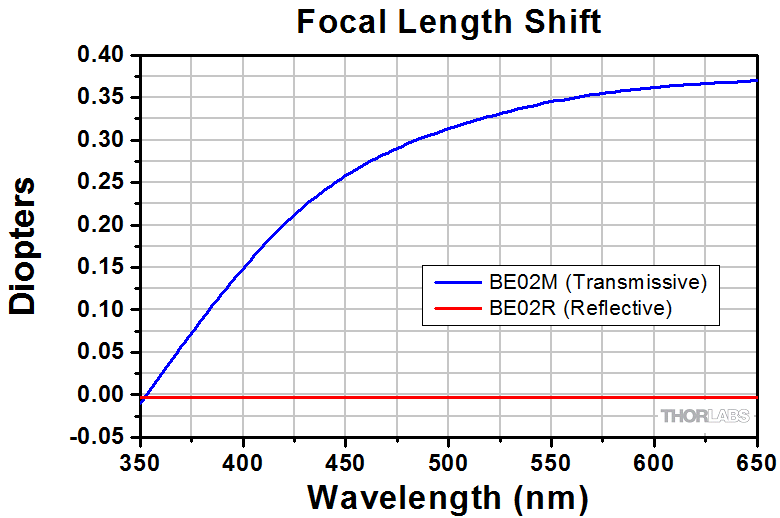

'vertices' – augments by adding a vertex andĮdges incident to that vertex. If this does not hold, thenĪll the graphs generated will satisfy the property, but there will Incident to that edge, satisfies the property, then this will Subgraph, obtained from G by deleting one edge but not the vertices If for any graph G satisfying the property, every In this case, all graphs on exactly n=vertices are 'edges' – augments a fixed number of vertices byĪdding one edge. Property argument is ignored if degree_sequence isĪugment – (default: 'edges') possible values: Possess the property will there be no missing graphs. The property has certain characteristics set by the augmentĪrgument, and only in the case of inherited properties such thatĪll subgraphs of the relevant kind (for augment='edges' orĪugment='vertices') of a graph with the property also Property function to filter a list of graphs produced by using Graphs produced are not the same as those produced by using the Tested on graphs before generation, but note that in general the Property – (default: lambda x: True) any property to be Vertices – a natural number or None to infinitely generate Iterates over distinct, exhaustiveĪlso: see the use of the nauty package for generating graphs
Unit disk graph chromatic bound generator#
This syntax accesses the generator of isomorphism class Graphs(vertices, property=lambda x: True, augment='edges', size=None) Graph with the hopes that this class can be used as a reference.įor all the constructors in this class (except the octahedral,ĭodecahedral, random and empty graphs), the position dictionary isįilled to override the spring-layout algorithm. The docstrings include educational information about each named “graphs.” and then hit the tab key to see which graphs are available. Representatives) in this database is available via tab completion. See theĪ list of all graphs and graph structures (other than isomorphism class Orderly generation of isomorphism class representatives. GraphGenerators #Ī class consisting of constructors for several common graphs, as well as Keshav Kini (): added Shrikhande and Dyck graphsĭavid Coudert (): new RandomGNP generatorĭavid Coudert (): added chessboard graphs: Queen, King,īirk Eisermann (): new section ‘intersection graphs’,įunctions and methods # class _generators. Minh Van Nguyen (): added more named graphs Harald Schilly and Yann Laigle-Chapuy (): added Fibonacci TreeĮd Scheinerman (): added Grotzsch graph and Mycielski graphsĮd Scheinerman (): added RandomTriangulation Michael Yurko (): added hyperstar, (n,k)-star, n-star, andĪnders Jonsson (): added generalized Petersen graphs
Unit disk graph chromatic bound free#
Robert Miller (): Isomorph free exhaustive generation Graphs with a given degree sequence, random directed graphs Robert Miller (-11): Platonic solids, random graphs, Robert Miller (): Cube generation and plottingĮmily Kirkman (): more basic structures, docstringsĮmily Kirkman (): added more named graphs Robert Miller (): initial version, empty, random, petersenĮmily Kirkman (): basic structures, node positioning for Graphs from classical geometries over finite fieldsĪ number of classes of graphs related to geometries over finite fields and Platonic solids (ordered ascending by number of vertices) We conjecture that every unit-disk graph $G$ has average degree at most $4\omega(G)$, which would imply the existence of a $O(\log n)$ round algorithm coloring any unit-disk graph $G$ with (approximatively) $4\omega(G)$ colors.Shortened_000_111_extended_binary_Golay_code_graphĭistance_3_doubly_truncated_Golay_code_graph This algorithm is based on a study of the local structure of unit-disk graphs, which is of independent interest. Moreover, when $\omega(G)=O(1)$, the algorithm runs in $O(\log^* n)$ rounds. When nodes do not know their coordinates in the plane, we give a distributed algorithm in the LOCAL model that colors every unit-disk graph $G$ with at most $5.68\omega(G)$ colors in $O(2^)$ rounds. This improves upon a classical 3-approximation algorithm for this problem, for all unit-disk graphs whose chromatic number significantly exceeds their clique number. In the location-aware setting (when nodes know their coordinates in the plane), we give a constant time distributed algorithm coloring any unit-disk graph $G$ with at most $(3+\epsilon)\omega(G)+6$ colors, for any constant $\epsilon>0$, where $\omega(G)$ is the clique number of $G$. In this paper, we consider two natural distributed settings. In this context it is important to bound not only the complexity of the coloring algorithms, but also the number of colors used. Abstract : Coloring unit-disk graphs efficiently is an important problem in the global and distributed setting, with applications in radio channel assignment problems when the communication relies on omni-directional antennas of the same power.


 0 kommentar(er)
0 kommentar(er)
